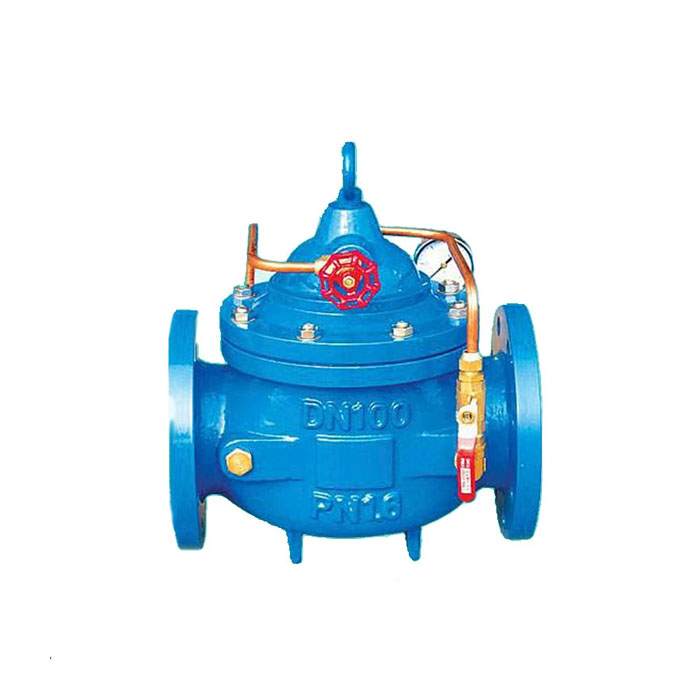Understanding the Function and Benefits of Hose Foot Valves in Fluid Systems
Understanding Hose Foot Valves Essential Components for Efficient Water Management
In the world of fluid management and irrigation, hose foot valves play a crucial role. These specialized devices are designed to regulate the flow of water from a larger water source into a hose or pipe system. Whether used in agriculture, gardening, or industrial applications, hose foot valves ensure the efficient transfer of water while preventing backflow and contamination.
What is a Hose Foot Valve?
A hose foot valve is essentially a check valve that is installed at the end of a hose or pipe submerged in a water source, such as a pond, pool, or tank. The primary function of the foot valve is to maintain a prime in the hose, allowing for a quick and efficient activation of pumps. When the pump is turned on, the foot valve opens, permitting water to flow into the hose or pipe. When the pump is switched off, the valve closes, preventing water from flowing back into the source. This mechanism is vital to ensure that when you need to draw water, the system is ready to deliver it immediately without the need for priming.
Key Features of Hose Foot Valves
1. Check Valve Functionality The most significant feature of a hose foot valve is its ability to prevent backflow. This is achieved through a simple yet effective flapper or ball mechanism that closes when the water level drops, ensuring that the water inside the hose stays put until it is needed.
2. Durable Materials Hose foot valves are commonly made from materials like brass, stainless steel, or durable plastics. These materials are selected for their resistance to corrosion, ensuring longevity even when submerged in harsh environments.
3. Screen Filters Many hose foot valves are equipped with a screen filter to prevent debris and sediment from entering the hose or pump system. This feature is particularly important in natural water sources, where sediment can clog or damage pumps.
4. Variety of Sizes and Configurations Hose foot valves come in various sizes and configurations to fit different hoses and pipe systems. This versatility makes it easy for users to find a suitable valve for their specific requirements.
Applications of Hose Foot Valves
hose foot valve

Hose foot valves are used in a range of applications. In agriculture, they are crucial for irrigation systems, allowing farmers to efficiently pump water from wells or ponds to their fields. In gardening, homeowners use foot valves to facilitate easy watering of gardens and landscapes, ensuring that supplemental water is available when needed. Furthermore, in industrial settings, hose foot valves are often used in systems for draining or transferring fluids.
Benefits of Using Hose Foot Valves
1. Efficiency By maintaining a prime in the hose, foot valves reduce the time and labor needed to operate pumps. This efficiency can lead to significant savings in both time and resources.
2. Protection Against Contamination By preventing backflow, hose foot valves help protect the water quality. This is especially important in agricultural and environmental applications, where contamination could have serious consequences.
3. Reduced Wear and Tear Since hose foot valves keep water in the line, they help reduce strain on pumps, leading to increased lifespan and reduced maintenance costs.
Installation and Maintenance
Installing a hose foot valve is relatively straightforward, typically involving securing it to the end of a hose or pipe. It is essential to ensure a watertight connection to prevent leaks. Regular maintenance involves checking the valve for signs of wear, ensuring that the screen is clean and free of debris, and testing the mechanism to confirm that it opens and closes properly.
Conclusion
In summary, hose foot valves are indispensable tools for anyone involved in water management. Their ability to prevent backflow, protect water quality, and facilitate efficient water transfer makes them a must-have in various applications. By understanding their features and benefits, users can make informed decisions about the best hose foot valves for their needs, ultimately leading to more effective water management practices. Whether in a garden, a farm, or an industrial setting, these valves enhance the experience of using water efficiently and sustainably.
-
The Key to Fluid Control: Exploring the Advantages of Ball Valves in Industrial SystemsNewsJul.09,2025
-
The Versatile World of 1, 2, and 3 Piece Ball ValvesNewsJul.09,2025
-
Stainless Steel Ball Valves: The Ideal Choice for Efficient Flow ControlNewsJul.09,2025
-
Optimizing Fluid Control with Ball Float ValvesNewsJul.09,2025
-
Manual Gate Valves: Essential for Control and EfficiencyNewsJul.09,2025
-
Everything You Need to Know About Butterfly ValvesNewsJul.09,2025
-
The Versatility of Wafer Type Butterfly ValvesNewsJul.08,2025




